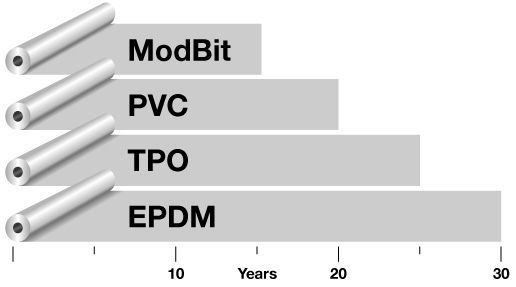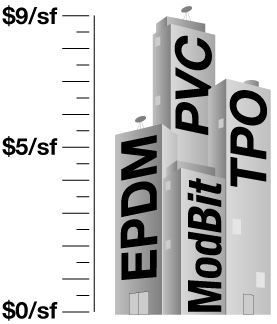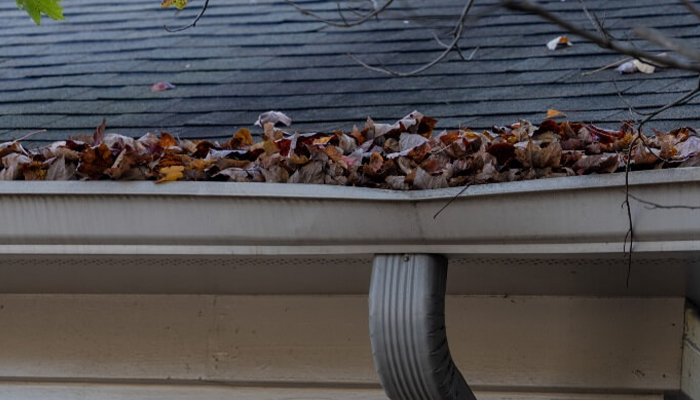Comparing the Top 3 Rubber Flat Roofs: EPDM, TPO, and Modified Bitumen – Pros, Cons and Warranty
Comparing the Top 3 Rubber Flat Roofs:
EPDM, TPO, and Modified Bitumen - Pros, Cons, and Warranty
If you’re in the market for a new rubber flat roof for your commercial or industrial building, you may be wondering which type of roofing is the best option for your needs. At AZ Roofing, we specialize in installing and maintaining TPO and EPDM rubber roofs, and we have found that these two types of roofing offer the best combination of durability, flexibility, and energy efficiency.
EPDM, or ethylene propylene diene monomer, is a synthetic rubber roofing membrane that is known for its durability and flexibility. It can withstand harsh weather conditions and is resistant to UV rays, ozone, and extreme temperatures. One of the biggest advantages of using EPDM on flat roofs is its ability to expand and contract with temperature changes, which helps to prevent cracking and splitting. Additionally, EPDM roofs come with a warranty of 20-30 years, providing long-term protection for your building.

TPO, or thermoplastic olefin, is a thermoplastic roofing membrane that is known for its energy efficiency and reflectivity. It can reflect up to 85% of the sun’s rays, which helps to reduce the amount of heat absorbed by the roof and lower cooling costs. TPO roofs also come with a warranty of 20-30 years.
While Modified Bitumen is also a durable and water-resistant option but it is not as flexible as EPDM or TPO and may be prone to cracking and splitting over time, especially in areas with severe temperature changes. It also comes with a warranty of 10-15 years.
In conclusion, when it comes to rubber flat roofs, TPO and EPDM are both excellent options that offer a combination of durability, flexibility, and energy efficiency. EPDM is a synthetic rubber roofing membrane that is known for its durability and flexibility. It can withstand harsh weather conditions and is resistant to UV rays, ozone, and extreme temperatures. TPO, on the other hand, is a thermoplastic roofing membrane that is known for its energy efficiency and reflectivity. It can reflect up to 85% of the sun’s rays, which helps to reduce the amount of heat absorbed by the roof and lower cooling costs.
When comparing TPO and EPDM, both offer similar benefits, however EPDM is more flexible and is less prone to cracking and splitting over time, whereas TPO is more energy efficient and reflective. The best option for you will depend on your specific roofing needs and budget. At AZ Roofing, we recommend considering both TPO and EPDM before making a final decision, and we would be happy to provide you with more information on both types of roofing to help you make an informed choice.
Contact us today to schedule a consultation.





